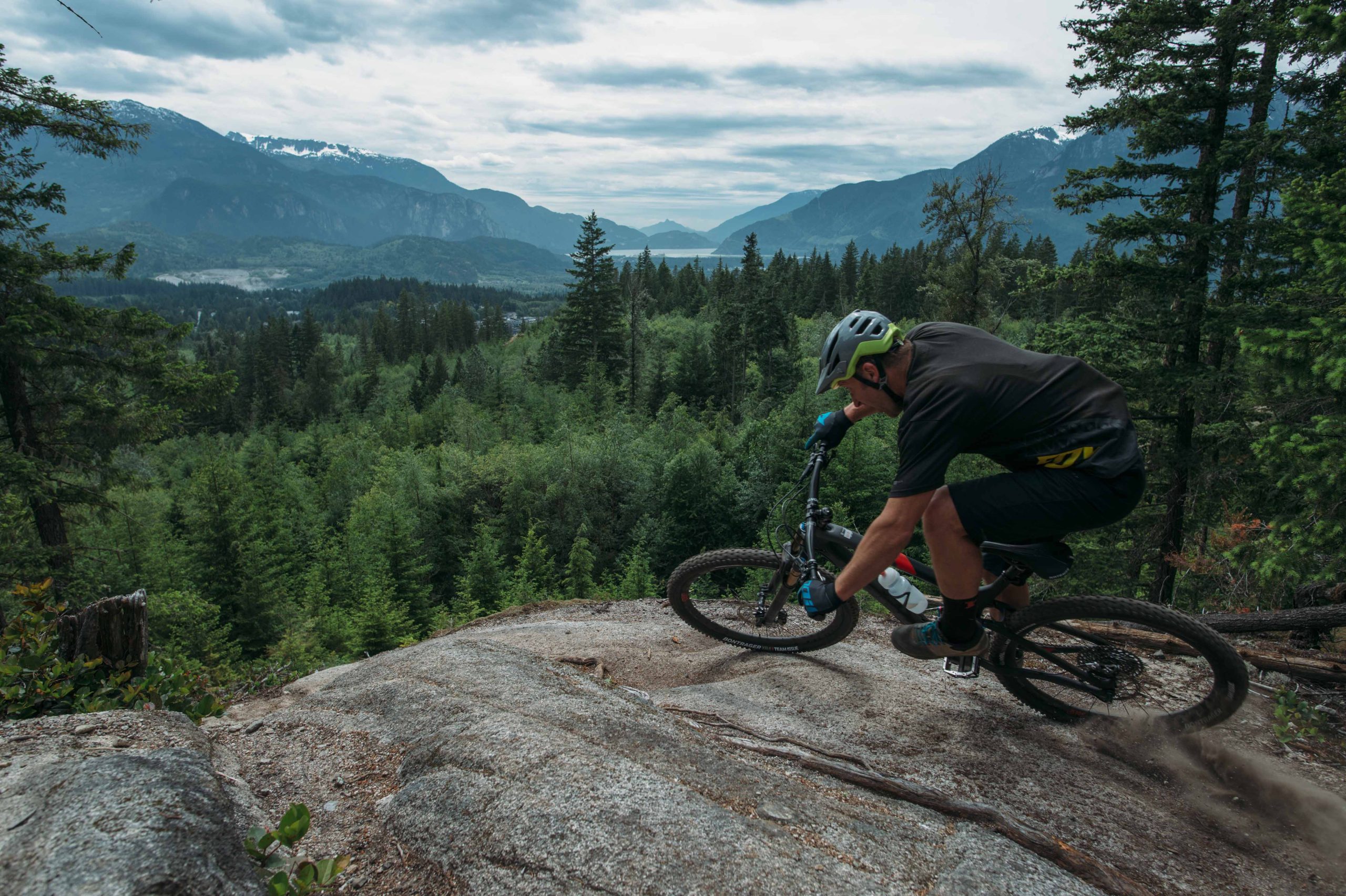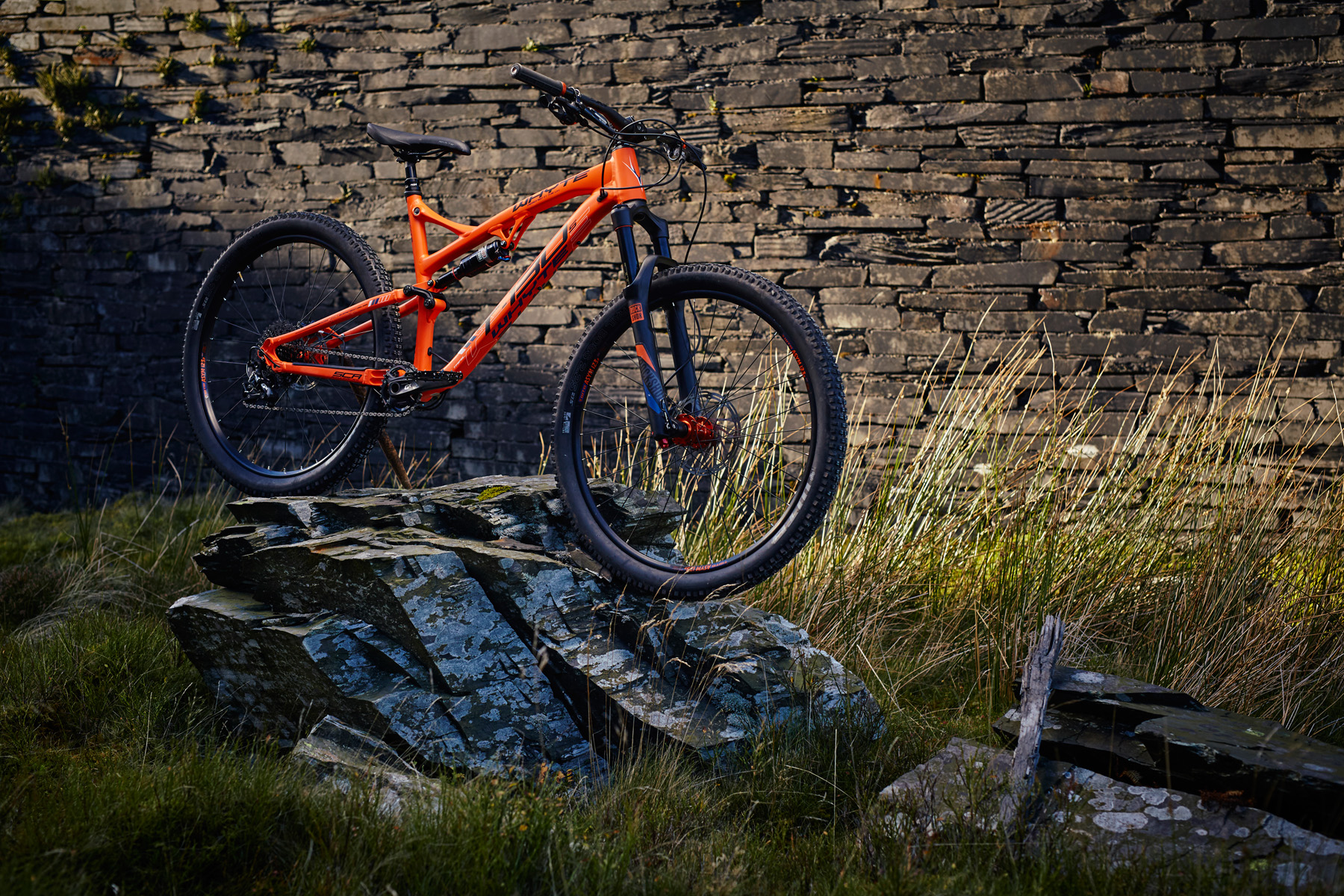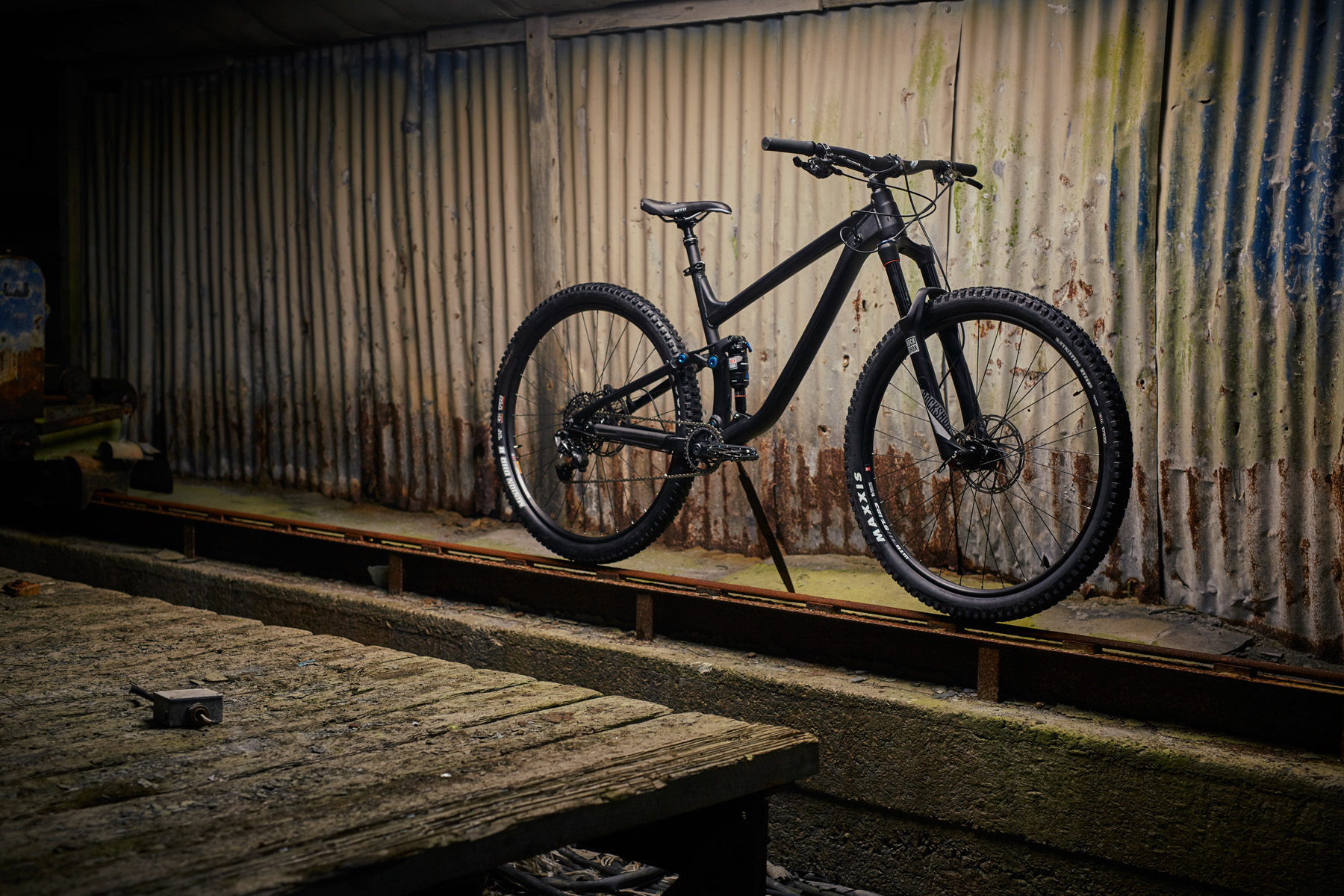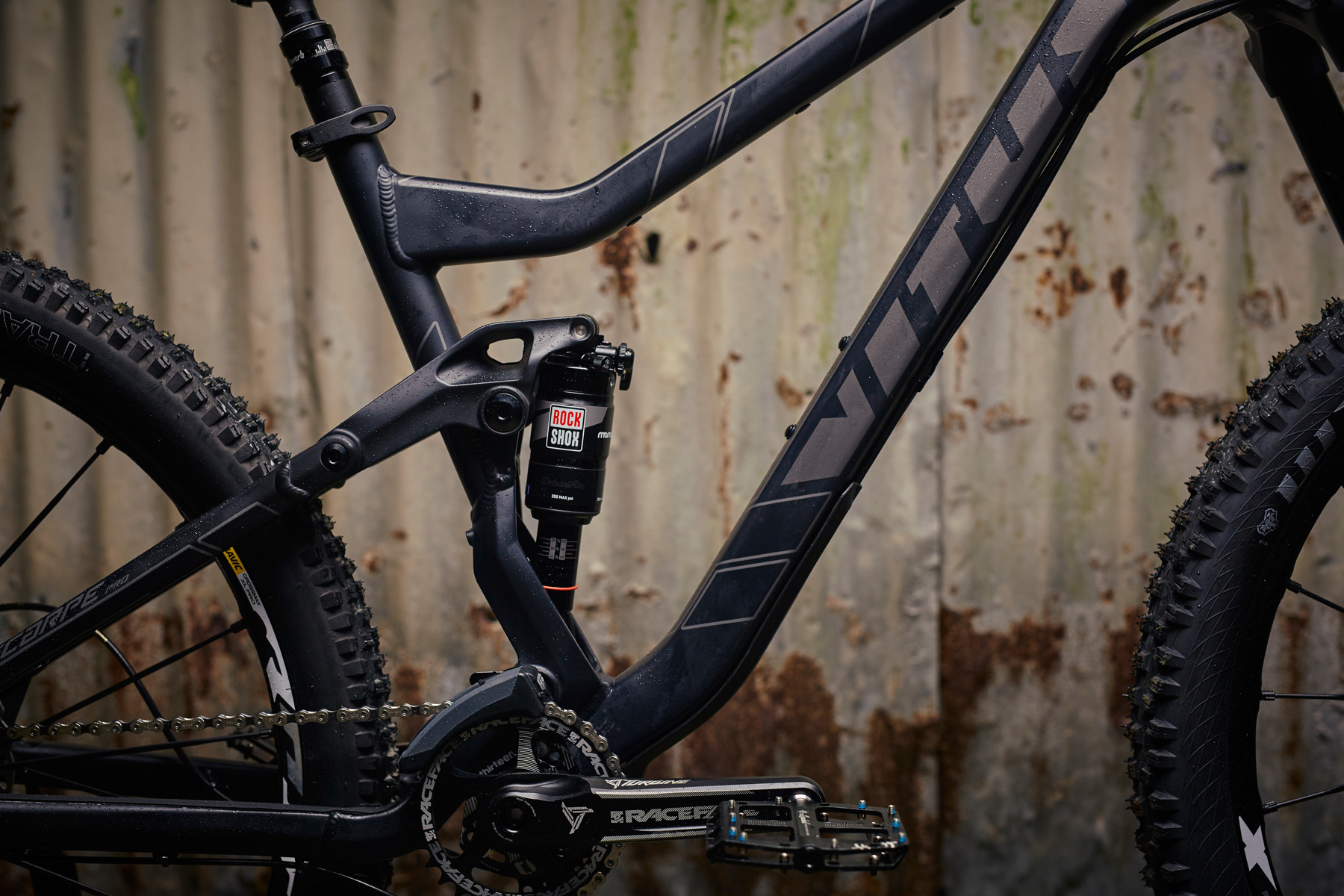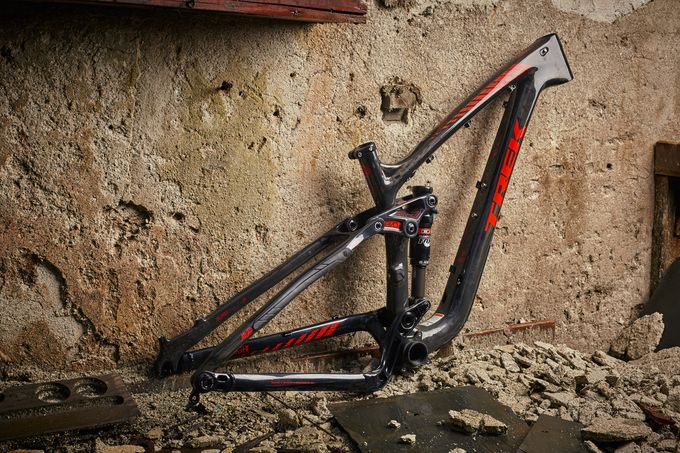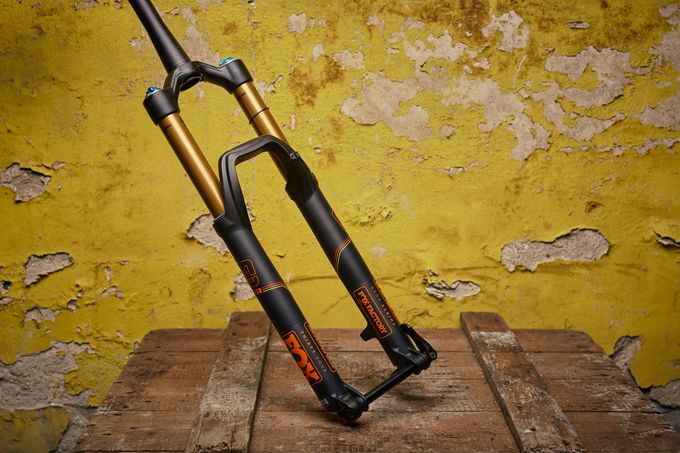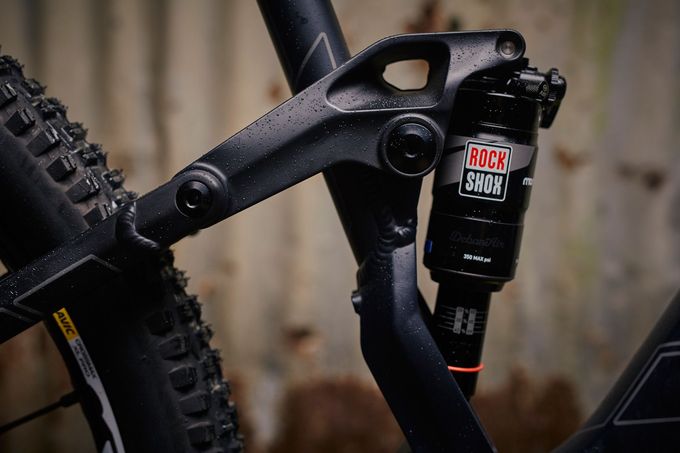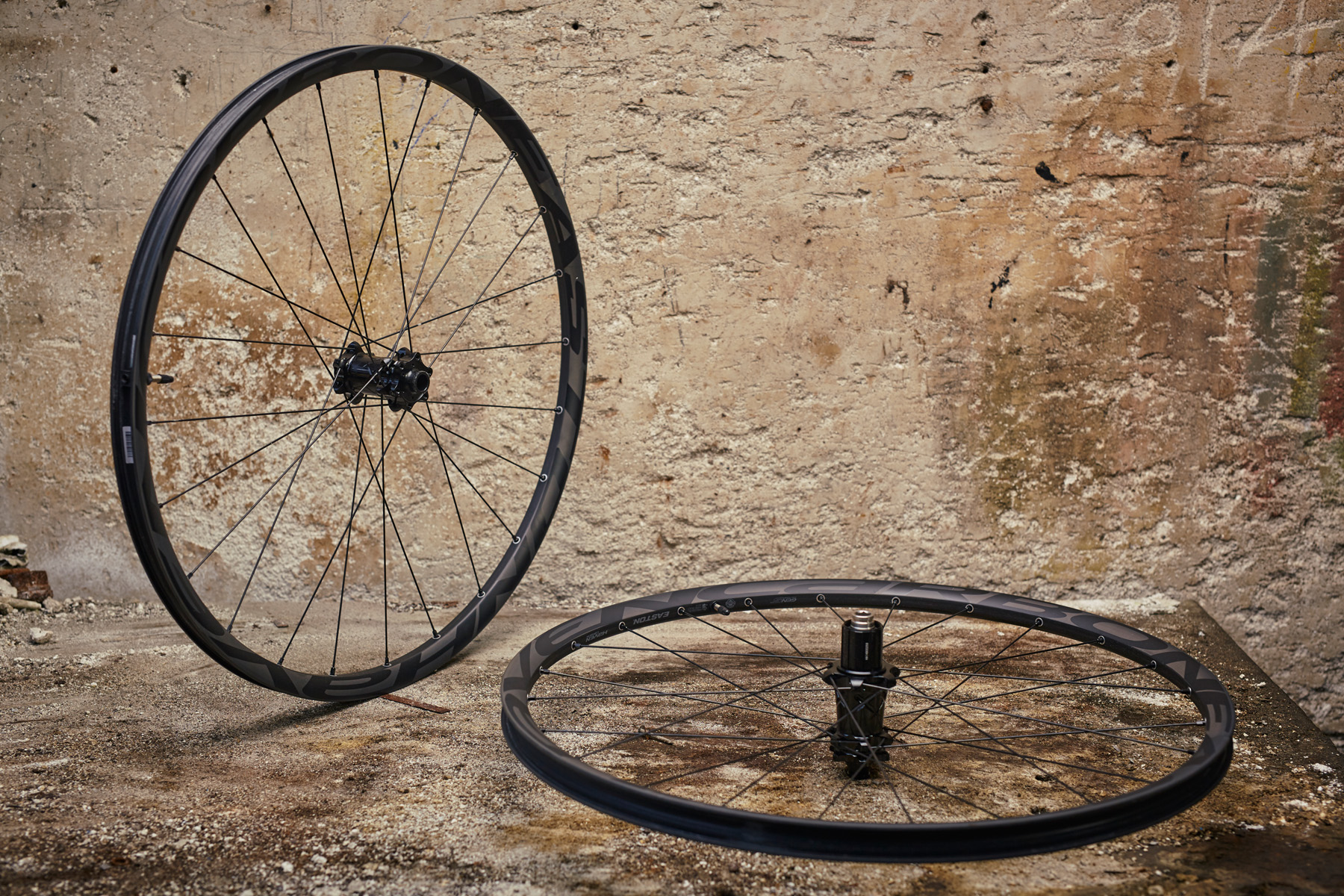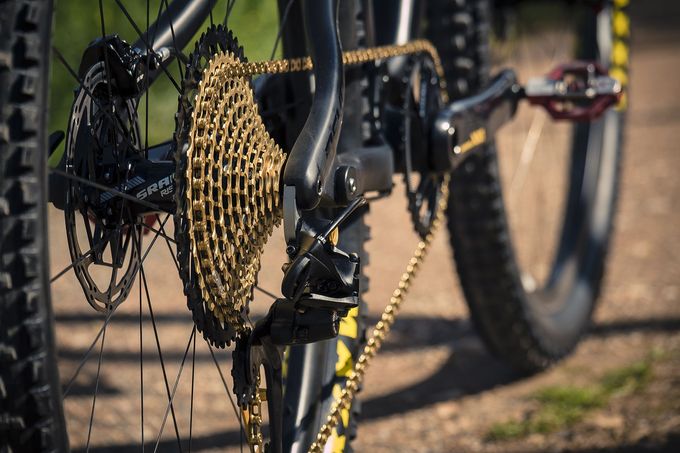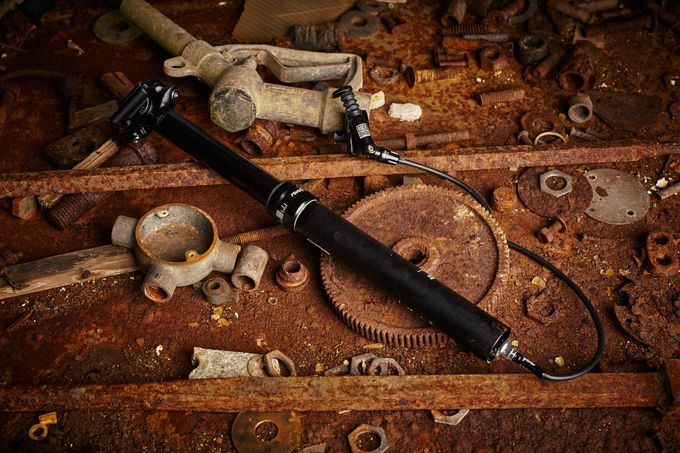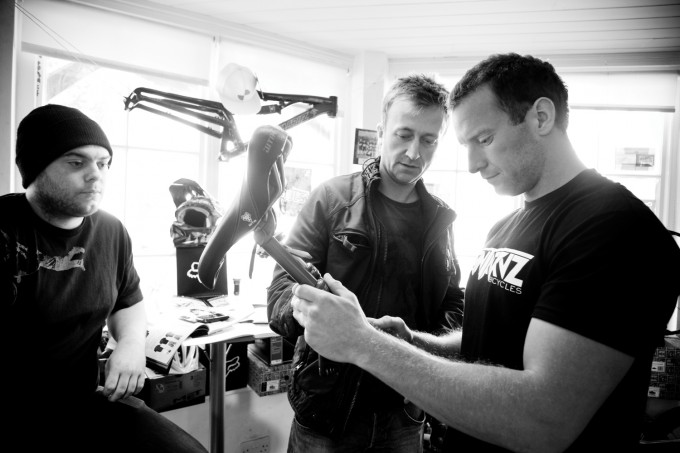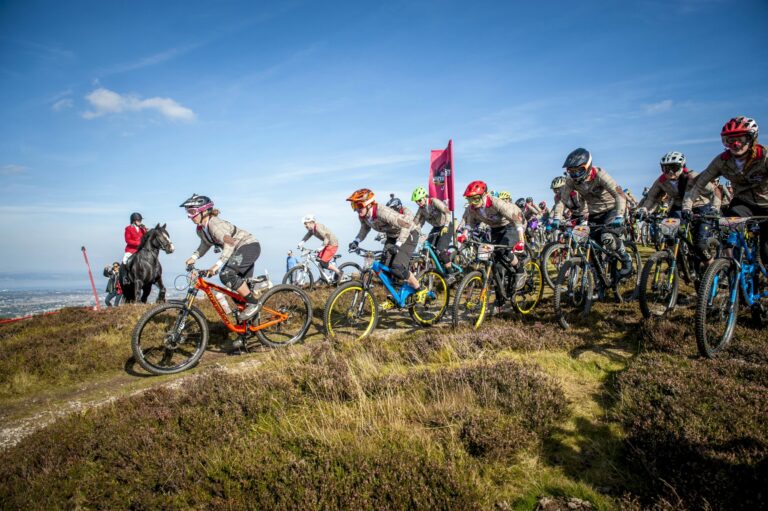Of any bike category, trail bikes are the hardest to define. XC, downhill and enduro all refer to specific race categories, and the bikes in them are suitable for those EVENTS. Trail bikes offer something a bit more ephemeral, after all, what is a trail?
Is it rocky Lake District pass or a Glentress blue route? Fresh, loamy singletrack or the A470 line? Well, in truth, it’s all of these and the best trail bike should be able to tackle them with aplomb. This bike is designed to be a turncoat that can take on all conditions, be that all day adventures or just a thrash in the woods, without ever feeling like it’s hard work or under-gunned.
The only problem is nobody has yet perfected what this bike looks like and, as such, the trail bike market is wideopen with a variety of travels, geometries and wheel sizes, so picking the perfect bike for you is always going to be tough.
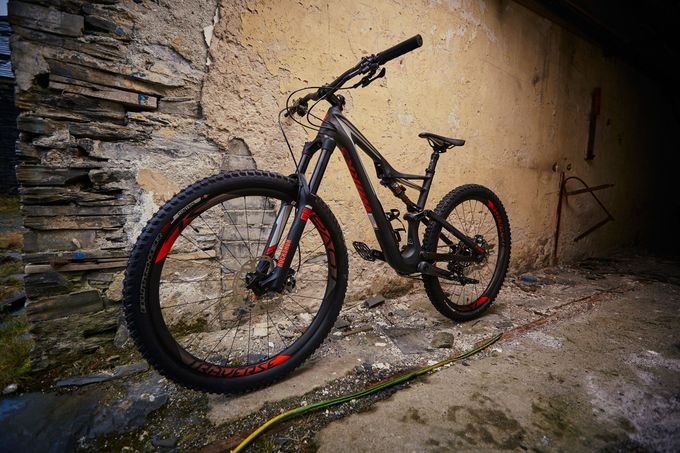
It should be your go-to bike for all conditions and will probably take a lot of abuse in its lifetime – don’t worry though as it will probably be the bike you love the most, your companion through thick and thin, able to take you where no other bike can.
Versatility is the word you’re looking for. You want enough travel to keep you out of trouble but not too much that it bogs you down on the climbs. You want geometry that is aggressive enough to tackle technical trails while being comfortable enough for a full day in the saddle. Not an easy compromise to strike by any means, but recent advances in bike technology have made trail bikes more capable than ever.

